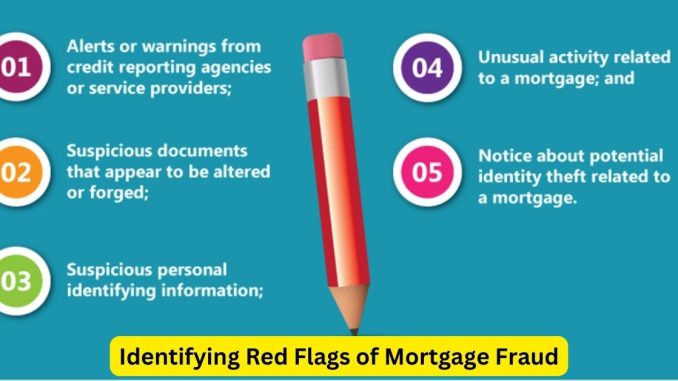
Mortgage fraud remains a significant concern in the real estate industry, posing financial risks for lenders and borrowers alike. Attorneys play a crucial role in detecting and addressing mortgage fraud, leveraging their legal expertise to identify red flags and protect their clients’ interests. Here are key indicators attorneys should watch for when dealing with potential cases of mortgage fraud:
1. False Information on Loan Applications: One of the most common red flags of mortgage fraud is the submission of false or misleading information on loan applications. This may include inflating income, understating debt, misrepresenting employment status, or providing fraudulent documentation to qualify for a mortgage.
2. Property Flipping Schemes: Property flipping involves purchasing properties at artificially low prices, making minimal improvements, and quickly reselling them at inflated prices to unsuspecting buyers. Attorneys should scrutinize transactions involving rapid property turnover, particularly if there are indications of collusion between buyers, sellers, and appraisers to artificially inflate property values.
3. Straw Buyers and Identity Theft: Mortgage fraudsters may use straw buyers – individuals with good credit but no intention of occupying the property – to obtain loans on behalf of others. Attorneys should be alert to signs of identity theft or fraudulent documentation, such as forged signatures, stolen identities, or inconsistencies in the borrower’s personal information.
4. Appraisal Fraud: Appraisal fraud occurs when appraisers overvalue properties to facilitate larger loans or inflate the sale price for personal gain. Attorneys should carefully review appraisal reports for discrepancies, inconsistencies, or undue influence from parties with a vested interest in the transaction.
5. Kickbacks and Undisclosed Payments: Mortgage fraud schemes often involve kickbacks or undisclosed payments between parties involved in the transaction, such as real estate agents, mortgage brokers, appraisers, and title agents. Attorneys should investigate any suspicious financial arrangements or conflicts of interest that may indicate fraudulent activity.
6. Falsified Documentation: Mortgage fraudsters may fabricate or alter documentation, such as income statements, bank statements, tax returns, or property records, to deceive lenders and qualify for loans they would not otherwise be eligible for. Attorneys should carefully review all documentation for inconsistencies, irregularities, or signs of tampering.
7. Non-Arm’s Length Transactions: Transactions involving family members, business associates, or related parties raise concerns about potential collusion and fraudulent intent. Attorneys should scrutinize non-arm’s length transactions for signs of undisclosed relationships or conflicts of interest that may indicate fraudulent activity.
8. Unusual Transaction Patterns: Attorneys should be vigilant for unusual transaction patterns or behaviors that deviate from typical industry practices. This may include multiple loans secured by the same property, frequent refinancing or cash-out transactions, or sudden changes in property ownership or occupancy status.
In conclusion, attorneys play a critical role in identifying red flags of mortgage fraud and protecting their clients from financial harm. By remaining vigilant, conducting thorough due diligence, and seeking guidance from experts when necessary, attorneys can help mitigate the risks associated with mortgage fraud and uphold the integrity of the real estate market.

Leave a Reply